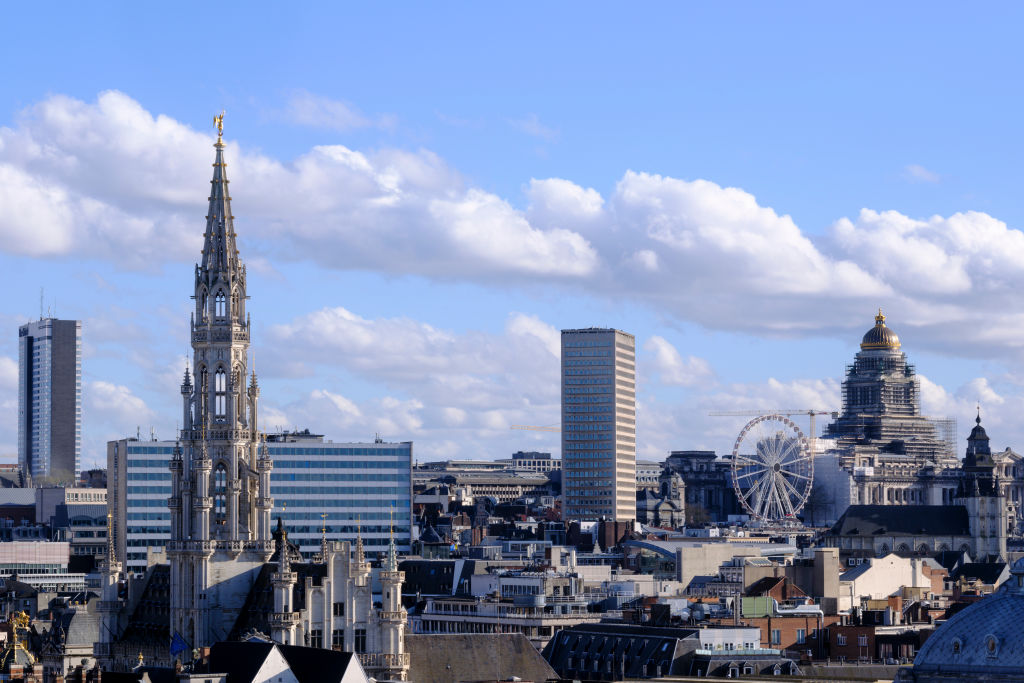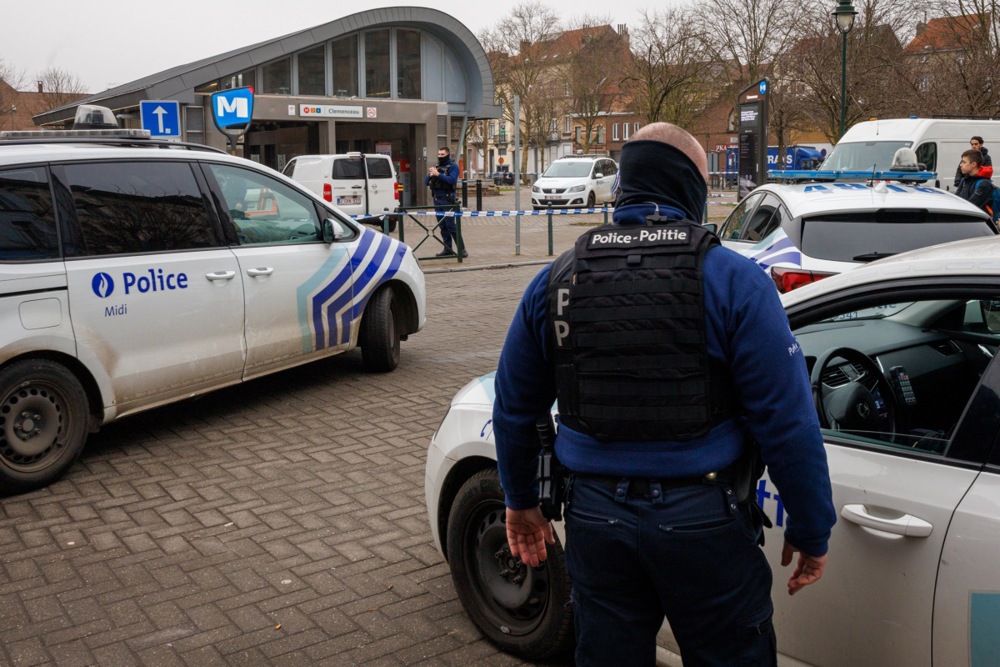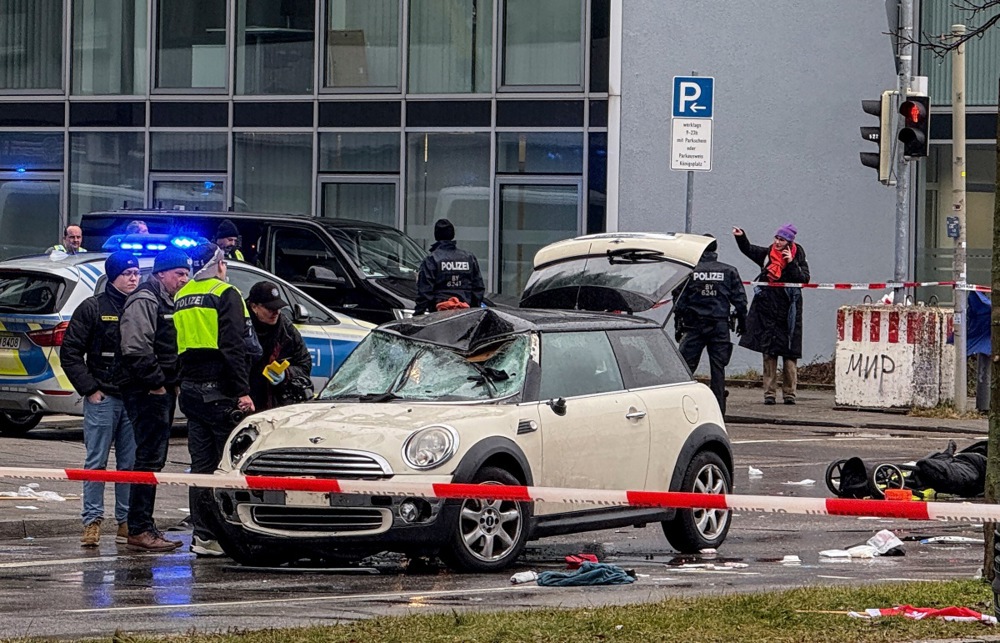Brussels has ruffled feathers with its decision to replace the stately neoclassic monument “De Rijpheid” (The Maturity) in the city with a modern feminist work made of “construction waste”.
The Belgian capital had decided in late January that the century-old statue was “too patriarchal and paternalistic”, not in line with modern values and chose to replace it in light of a big redevelopment of the site.
Now it city authorities have decided on a new artwork to be installed at the southern part of the Marché au Bois, near the central train station.
Brussels has chosen the style of Rückbaukristalle, a Monument for the City by the visual artist Aglaïa Konrad, Belgian news outlet La Libre Belgique reported on February 13.
Bas Smets, a local architect, produced a preview of the work in a public inquiry that showed the piece’s modernist style and concept, far removed from that of the neoclassical art work.
“The sculpture is presented as two columns made from debris from various demolition sites in the city. The artist sublimates this construction waste to pay tribute to it in a tender and sculptural form,” the explanatory note stated.
This work will be composed of a column 4 to 5 metres high, and another 2 to 3 metres high, is will be designed to “bear witness” to the “paradox of urban redevelopment, which combines decline and renewal”, the note stated.
Breaking with the “patriarchal” style of the previous work, “the artist approaches this subject from a feminist perspective, thus recontextualising the history of urban planning and architectural development of a city that was built mainly from a male vision.
“The materials gathered will be cut like crystals, then stacked on a central metal axis, to transform them into monumental jewels. Inspired by the aesthetics of ruins, the artist retouches raw materials to accentuate this contrast between form and content.
“The materials used are treated to prevent future decline, to crystallise them over time and to preserve them from any other type of natural erosion,” it said.
That was in line with the demands of the city, which wanted to replace the old statue based on an “idealised depiction of the family”, where the man personified maturity and his wife was a symbol of fertility.
Brussels demanded the enhancement of the value of “women’s heritage and reducing gender inequalities in the telling of the history of architecture”.
Anaïs Maes, Brussels alderman for Urban Planning, told La Libre Belgique that the new work of art would be require a separate planning permit.
“The current permit application only concerns the development of the site and not the work itself, the design of which is underway,” she said.
“It will be an original work, specifically created for this place and the illustration provided does not correspond to the work that will be installed on the redeveloped square.”
Jean-Pierre Buyle, president of Quartier des Arts, an association that defends the restoration and quality of development in Brussels, told the newspaper he had questions about what was being decided. He said he felt the past and cultural elements of Brussels were being changed under false pretences.
He also said he doubted the motivations of the city, which had found the original work of art conflicting with modern values only to put it up in another place.
“How would moving it to Guttenberg Square, in Saint-Josse, allow it to be more suitable for these new standards? The logic escapes me …”, he told La Libre Belgique.
In an earlier press release, the Royal Commission for Monuments and Sites (CRMS) expressed its “astonishment” and “disagreement” with the decision of the Brussels-Capital Region government
Brussels Signal reached out to Smet’s office for comment but had not received a reply at the time of writing.
? En #Bruselas, una escultura de estilo neoclásico será sustituida por una obra realizada “con residuos de obras de construcción”.
? Fuente: @F_Desouche pic.twitter.com/B9GBpAziow
— Samurái de Occidente (@samuraioccident) February 13, 2025





